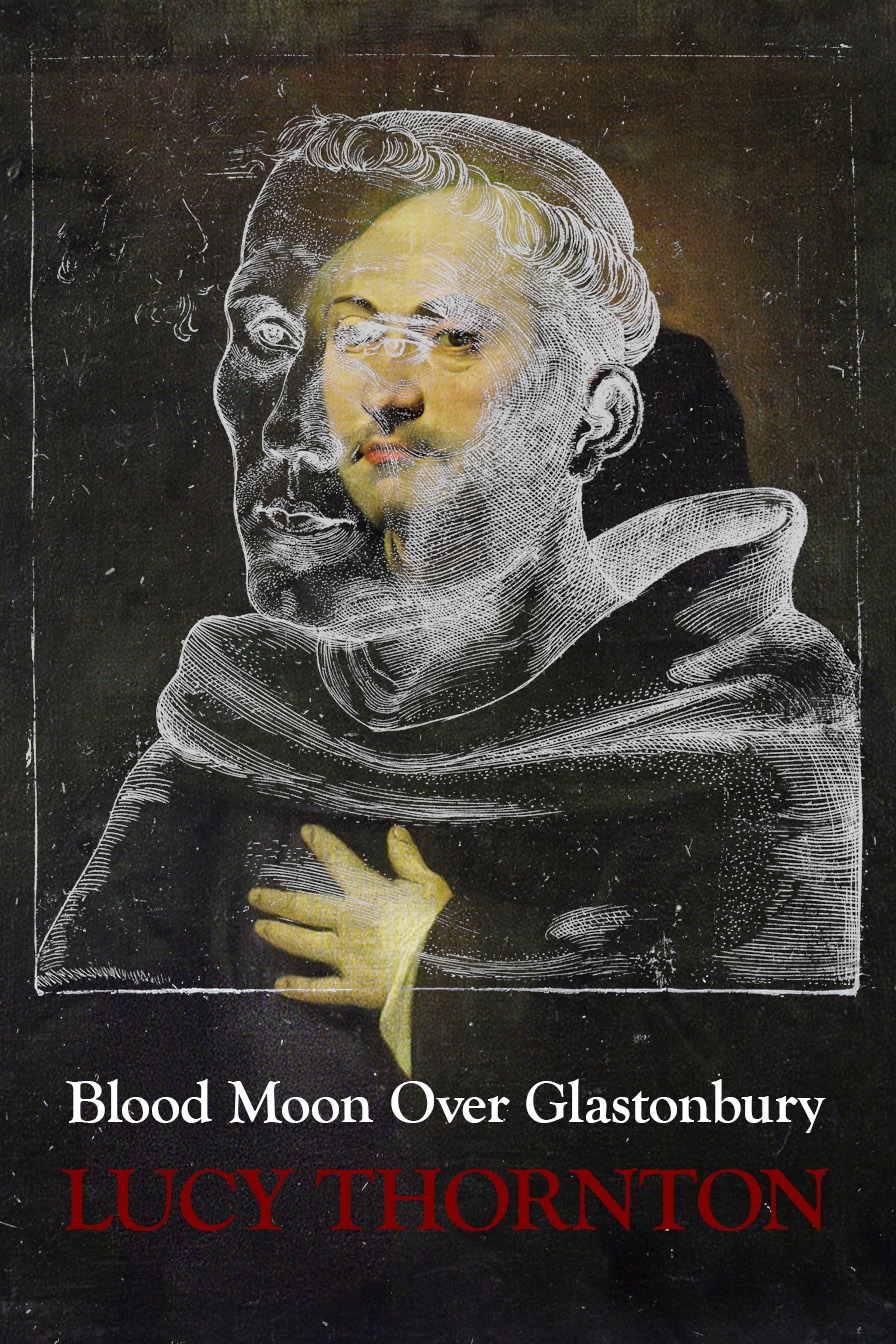What if a blood-soaked uprising beneath Glastonbury Tor rewrote the legends of saints and kings? Blood Moon Over Glastonbury is a terrifying descent into pagan lore, patient vengeance, and immortal revolt set against the ruin of an English holy place in the sixteenth century.
Somerset, autumn 1539. The abbey bells are silenced and its treasures pried loose by Commissioner Edward Southcote, the King's hard-eyed hand. Elowen Weaver, a dyer's daughter bound to the abbey workshops, and her betrothed, John Cuther, a thatcher with a broken back from press-gang labor, scrape by under tithes and threats. The Levels are a labyrinth of reeds and water; to flee is to drown or be hunted by riders from Wells. On the night the relic of Joseph of Arimathea is hauled from its shrine, a hidden door yawns in the chalk beneath the White Spring. From the wet dark steps a stranger called Mabon, a pilgrim who knows the old paths within the Tor and speaks the language of stones.
Mabon is no saint. He is the last memory-bearer of the Graelings, a people who drank the moon from red rock and kept the gate of Annwn when Britain was young. Fire and salt nearly ended them: pyres in Rome, lye in wells, iron nails in throats. He has walked centuries with a single vow: reopen the gate beneath the Tor and restore the court that once demanded tribute of kings. In Elowen he sees a heart that will not break; in John, a rage that will not cool. He offers them a bitter draught mixed from the Red Spring and White Spring, a sacrament that heals the body while waking a hunger older than scripture. Take it, he whispers, and the King's men will learn new fear.
By moonrise, the night-fed have a congregation. Tanners, herdsmen, seamers—those starved by enclosure and levy—come to the spring, and come away with eyes that gleam like wet slate. Southcote marshals archers at the Market Cross, sends boys with buckets of brine to foul the wells, and strings up a novice as warning. Agnes Prynn, a midwife who kept the old blessings, begs Elowen to refuse the Graeling bargain; the venom of the moon cannot keep a hearth warm, she says, it only burns it down. But Elowen believes only iron can answer iron. When John, swollen with new strength and thirst, would kneel to Mabon to birth the Graeling court under the Tor, Elowen must decide whether to strike at the gate itself. Pilton Fair becomes a charnel of lanterns and scythes. Wells Cathedral echoes with a hymn in a tongue lost to parish and prince alike. The Holy Thorn drips sap like blood, and the River Brue runs red as dye.
Mabon was never a savior; he was a lock searching for a key, and Elowen is the key. To stop him, she must salt the White Spring and burn her own hunger clean, even if John crumbles in her arms like chalk in rain. The uprising that flares across the Levels will not be recorded as miracle or massacre but as something older and truer. Only one thing is certain: upon the Tor, and across the drowned fields beyond, blood will spill.
